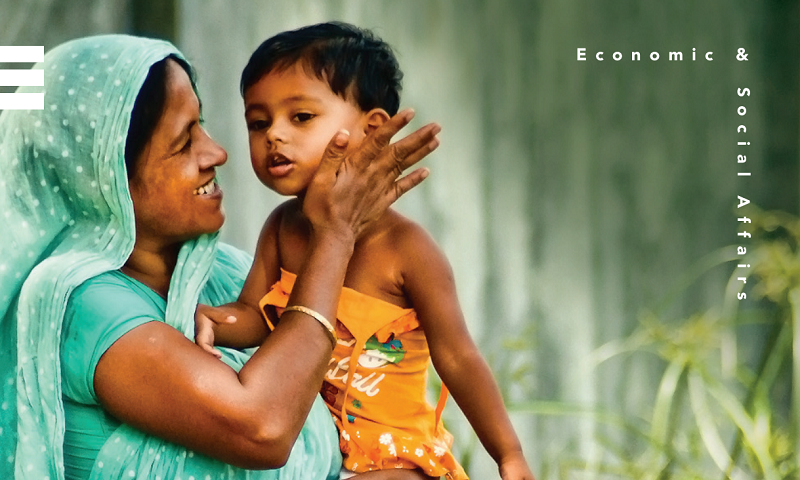
The Madrid International Plan of Action on Ageing (MIPAA), adopted during the Second World Assembly on Ageing in April 2002, recognized population ageing—the shift towards a larger proportion of older persons in the population—as an important global trend. MIPAA linked questions of ageing to other frameworks of social and economic development and human rights, calling for the ensurance of the well-being of older persons in an inclusive “society for all ages”. As the world population continues to age, ageing-related concerns should be incorporated into the post-2015 United Nations development agenda and sustainable development goals. This fact sheet summarises current and future trends in population ageing, and their implications for social and economic development.
- The percentage of the global population aged 60 years or over increased from 8.5 per cent in 1980 to 12.3 per cent in 2015 and is projected to rise further to 21.5 per cent in 2050.[1]
- The older population is itself ageing. Among those aged 60 or over worldwide, 14 per cent were aged 80 or over in 2015. By 2050, the projected 434 million people aged 80 or over will account for 21 per cent of the global population over age 60.
- The older population is and will remain predominantly female. Globally, women outlived men by 4.4 years on average between 2010 and 2015 (life expectancy at birth was 72.7 years for females compared to 68.3 years for males). As a result, women made up 54 per cent of those aged 60 or over and 61 per cent of those aged 80 or over.
- As people age, they rely on various sources of financial support: labour income, assets, their families and public programmes.[2]
- Older persons increasingly are living independently. Forty per cent of the world’s older population lives independently, that is, either alone or with a spouse only.[3] While the percentage living independently is similar by sex, higher female life expectancy means that older women are more likely to live alone (19 per cent) than older men (11 per cent).
- While many countries have achieved reductions in the prevalence and severity of disability even as people survive to more advanced ages,[4] growth in the overall number of older persons has produced increases in the burden of NCD-related disability.
For more information, please see the UN DESA Population Division's World Population Ageing 2015 Report.
[1] Data are from World Population Prospects: The 2012 Revision, CD-ROM Edition-Extended Dataset (United Nations Publications, Sales No. 13.XIII.10).
[2] Data are obtained from National Transfer Accounts at www.ntaccounts.org. The developed countries in this sample include Austria, Germany, Hungary, Japan, Slovenia, Sweden and the United States of America. The sample of developing countries includes Brazil, China, Costa Rica, India, Indonesia, Mexico, the Republic of Korea, the Philippines and Thailand.
[3] United Nations (2013). World Population Ageing 2013, available from www.unpopulation.org.
[4] Christensen, K., G. Doblhammer, R. Rau and J.W. Vaupel (2009). Ageing populations: the challenges ahead, The Lancet, vol. 374, No. 9696, pp. 1196-1208.
 Welcome to the United Nations
Welcome to the United Nations